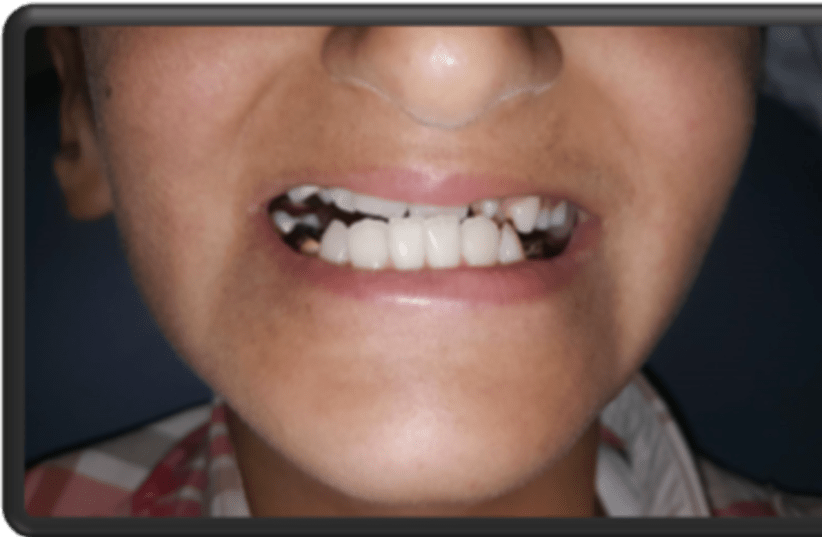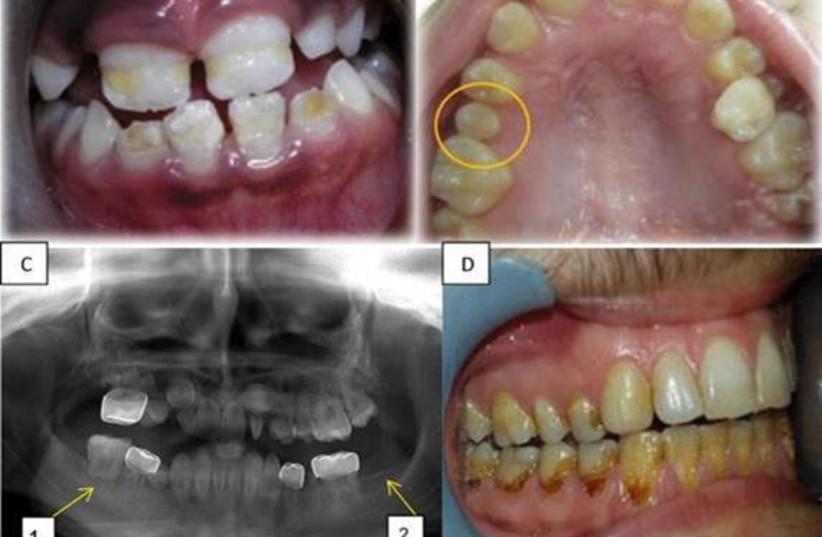Survivors of childhood cancer experience a differing prevalence of dental developmental anomalies (DDA) depending on the type of treatment they received, according to a new study by researchers at the Hebrew University (HU)-Hadassah School of Dental Medicine.
The researchers in the study, published in Nature, assessed the prevalence of DDA among childhood cancer survivors based on the type of treatment chemotherapy, radiotherapy or surgery as well as disease type, and age during treatment.
The researchers found that combined chemotherapy and radiotherapy, especially involving radiation to the head and neck area, could indicate an increased risk of DDA.
The study was conducted with 121 individuals. DDA was observed in nearly half (46%) of the individuals in 9% of teeth. Anomalies were prevalent in 43% of children who received chemotherapy without radiation, 52% who received radiotherapy as well and 60% of those who received head and neck radiotherapy.
The abnormalities included missing or small teeth, root development and enamel structure damage, over-retention of primary teeth, impaction, premature eruption, decreased temporomandibular joint (TMJ) mobility; inability to open the mouth or jaw and facial deformities.
Females experienced a higher incidence of microdontia, while males experienced a greater prevalence for decayed teeth.
The first signs of dental disturbances could be expected within one or two years of treatment, according to the study.
“Childhood cancer treatment is a success story of modern medicine,” said Hebrew University’s Dr. Elinor Halperson. “Effective treatments are now available for previously untreatable diseases. However, children seem to be particularly vulnerable to the harmful effects of radiotherapy and chemotherapy. This growing population of a child- and young adult- cancer survivors require considerable attention from the medical and dental community as we identify future risks."
"This highlights the importance of dental care for individuals who received oncology treatment up to age six, particularly if it was combined with radiotherapy in the head or the neck region," Halperson explained. "This kind of cross-sectional examination can be enhanced in large medical centers to identify the risks of adverse dental effects for specific treatments at particular stages of child development, and to establish international guidelines for follow-up and treatment."
The research team includes Dr. Vered Matalon, Dr. Karin Herzog, Dr. Avia Fux-Noy, Dr. Aviv Shmueli, Prof. Diana Ram, and Prof. Moti Moskovitz of the Hebrew University Faculty of Dental Medicine, Department of Pediatric Dentistry, Hadassah Medical Center, and Dr. Gal Goldstein and Dr. Shirly Saieg Spilberg of Hebrew University’s Faculty of Medicine, Department of Pediatric Hematology.

